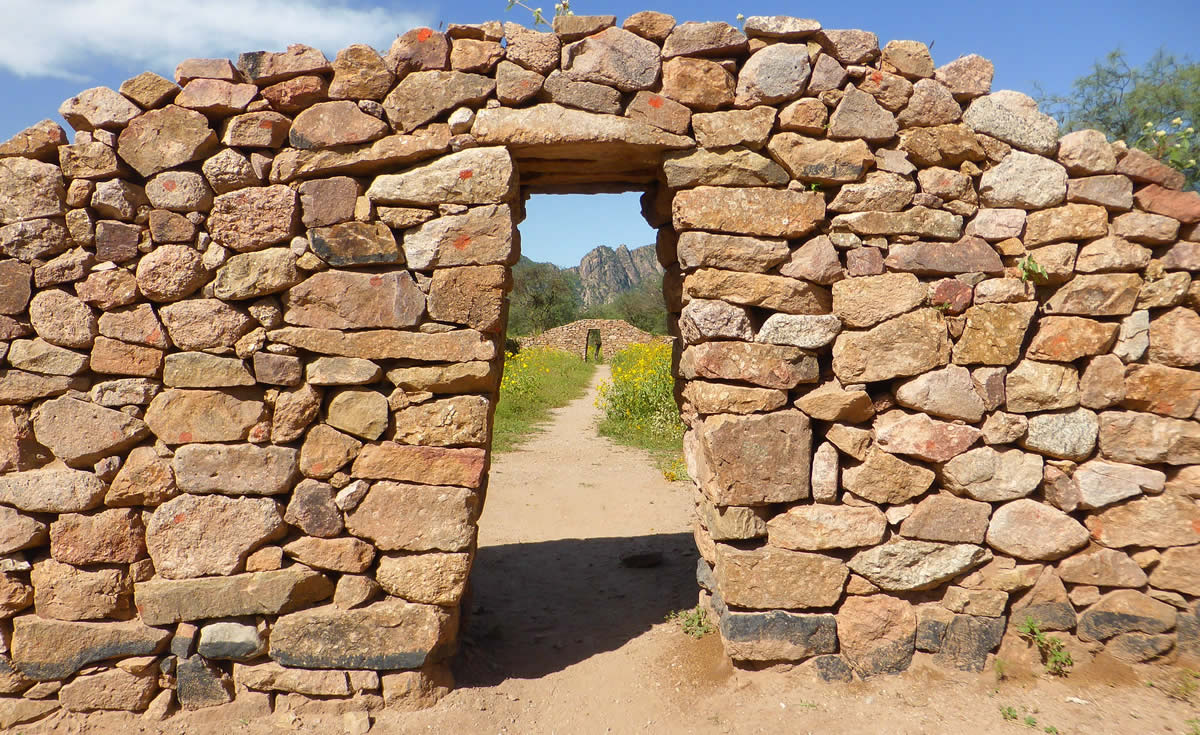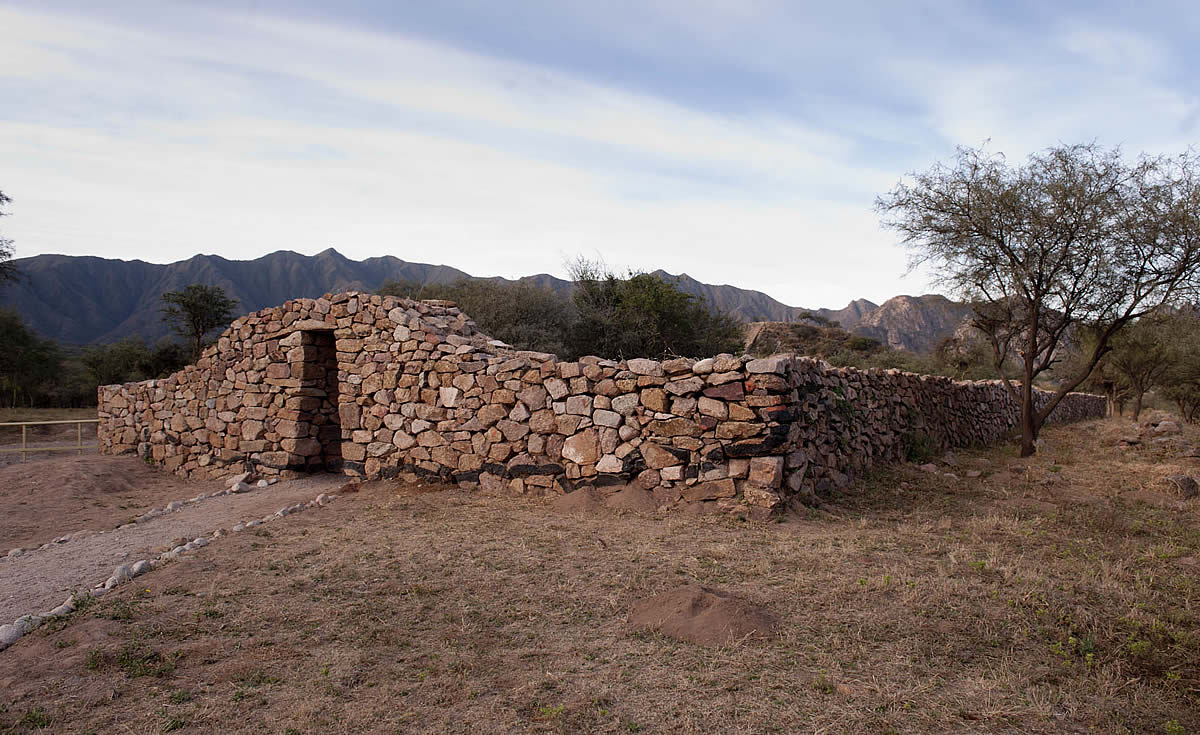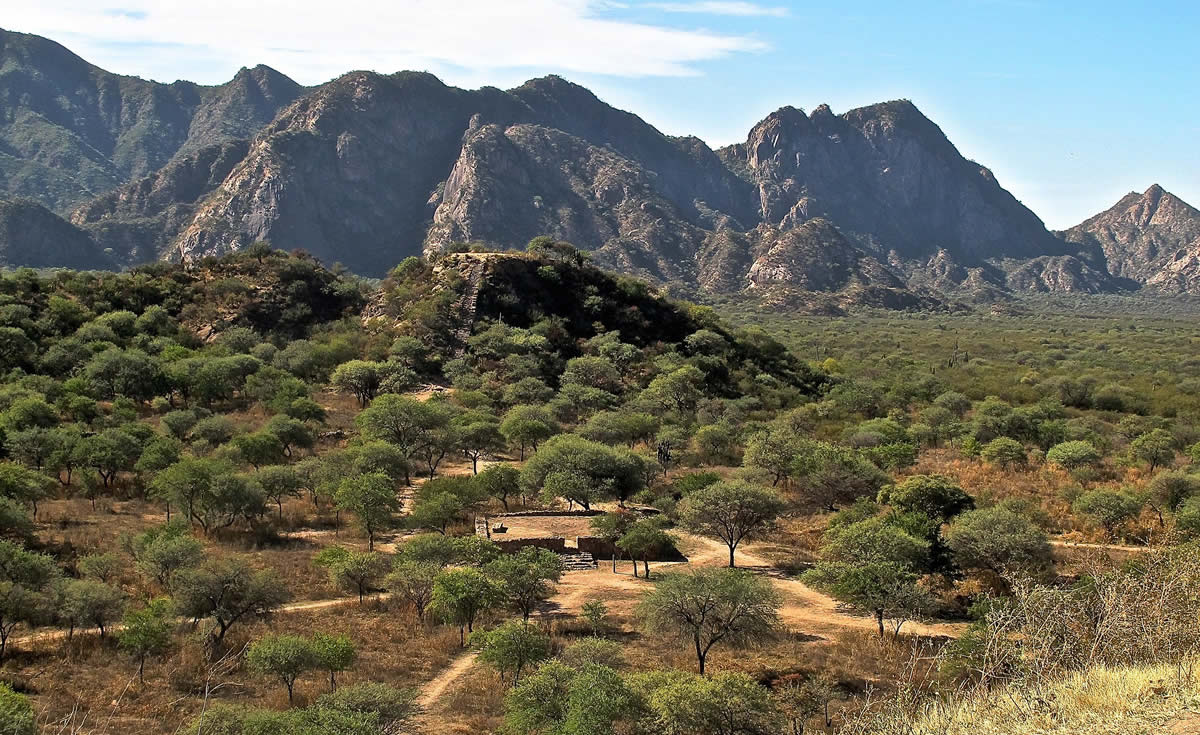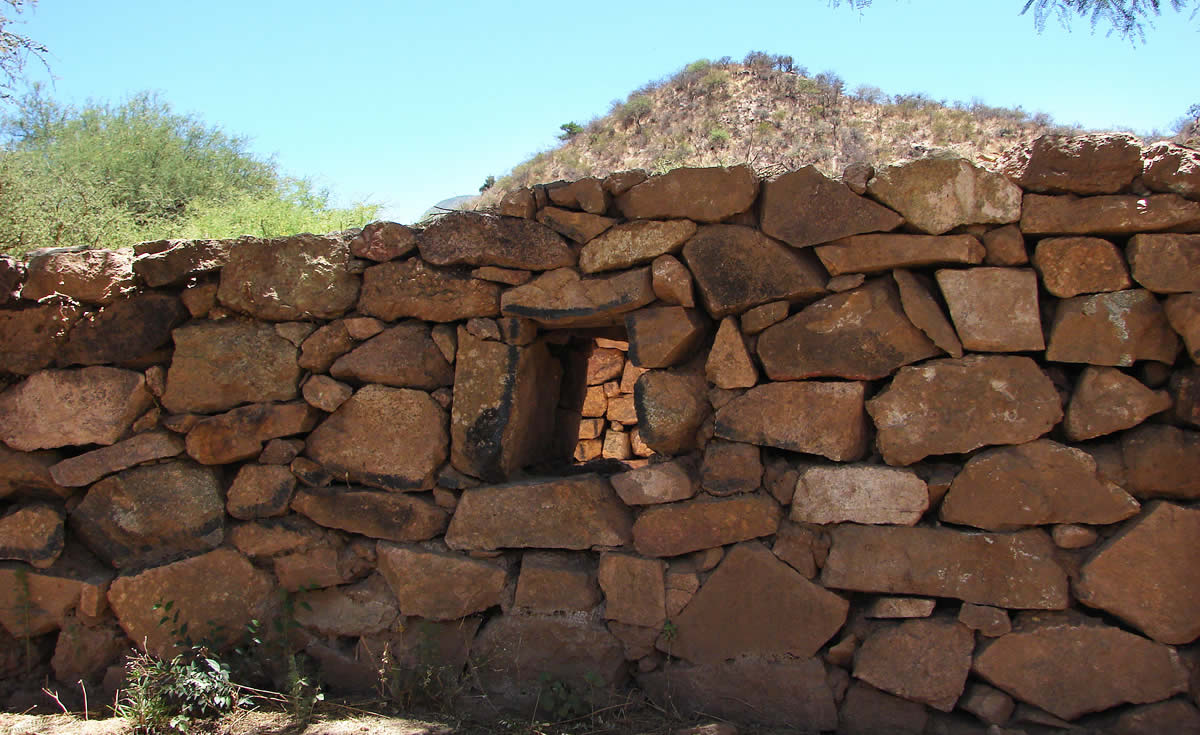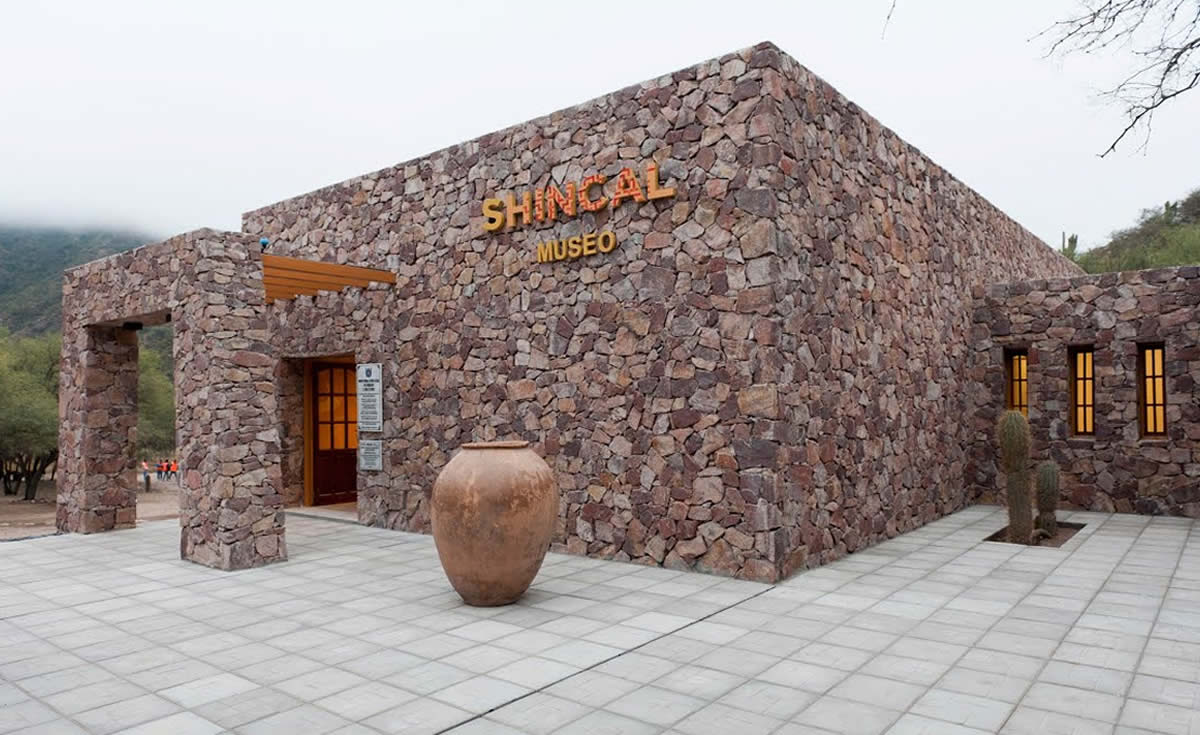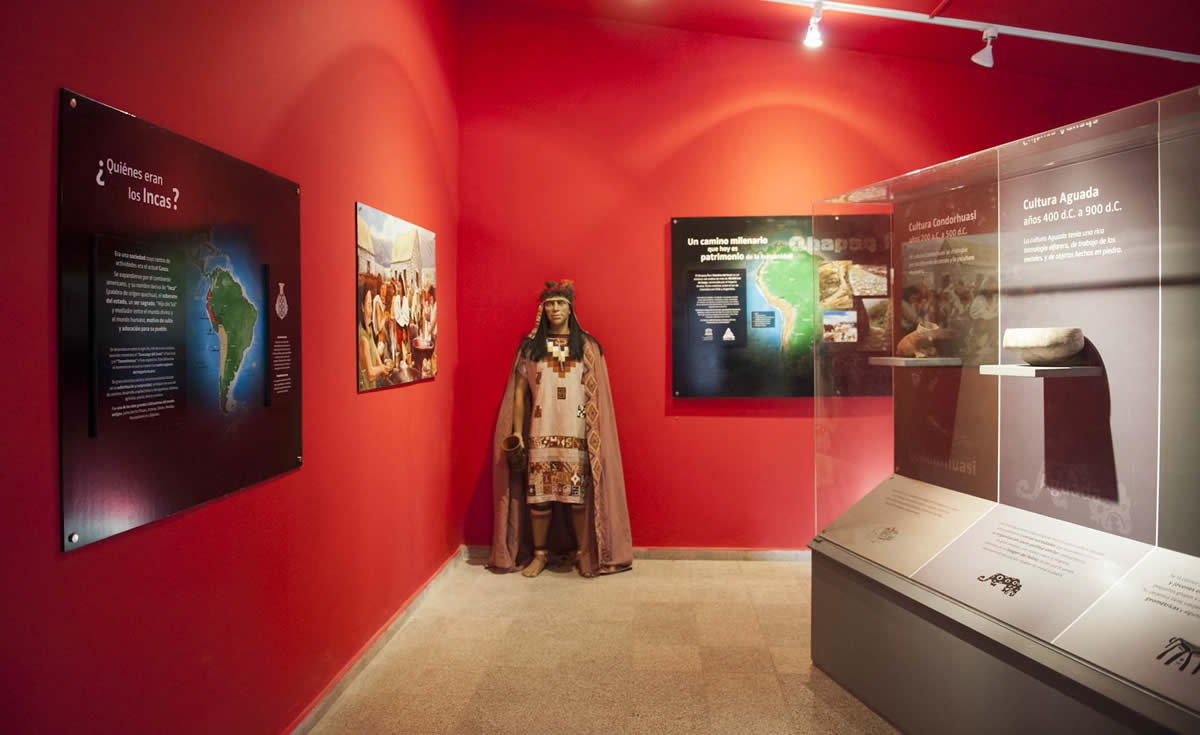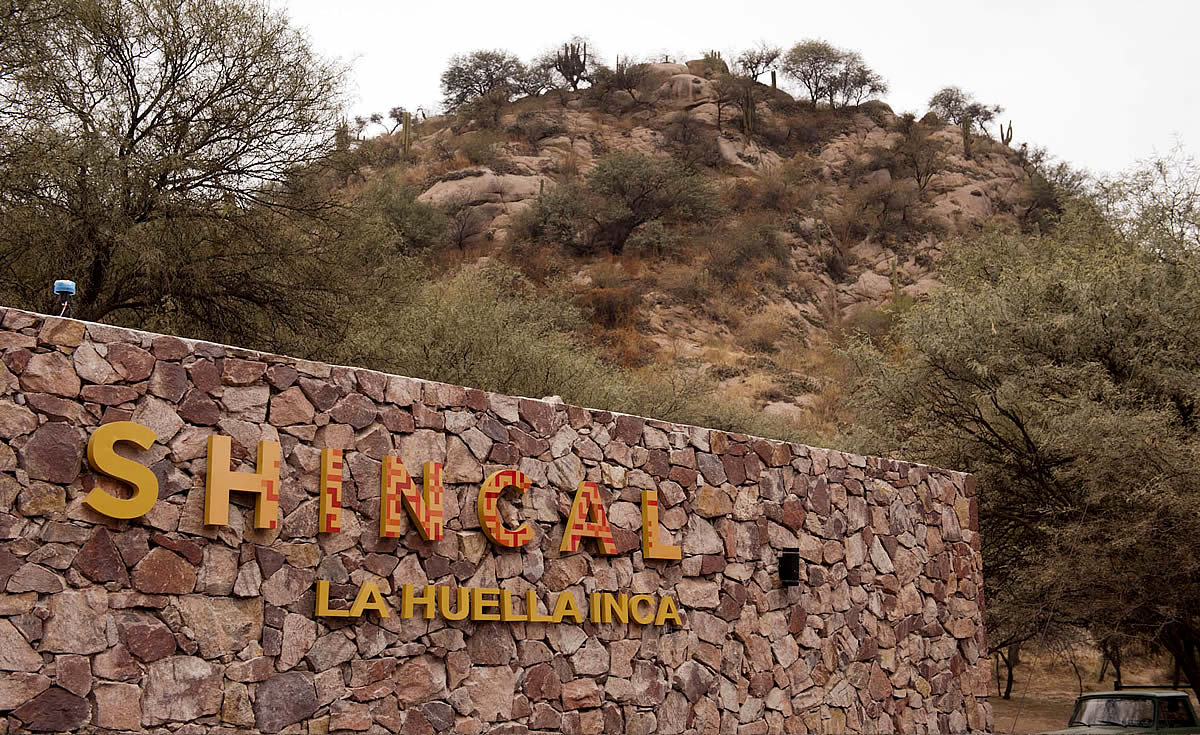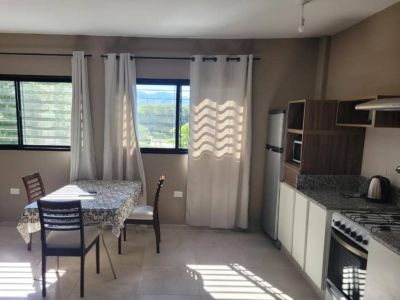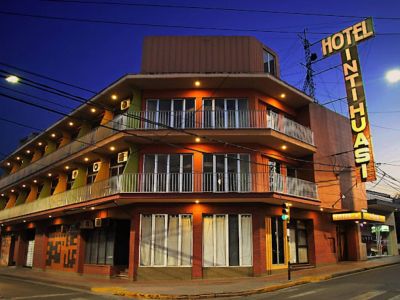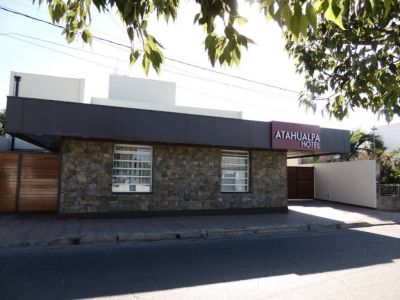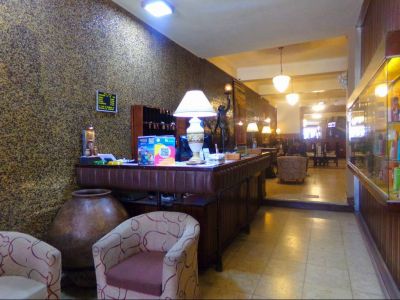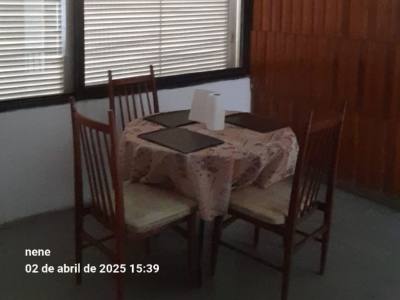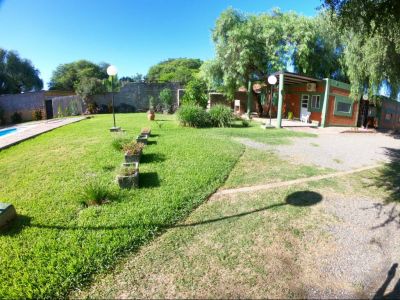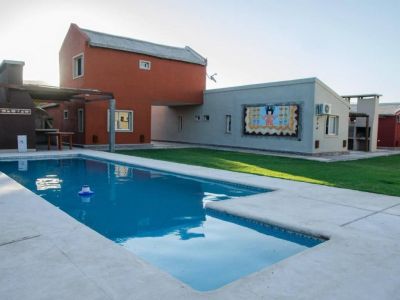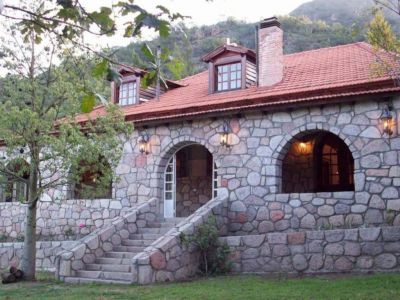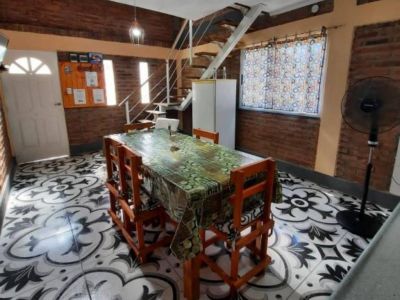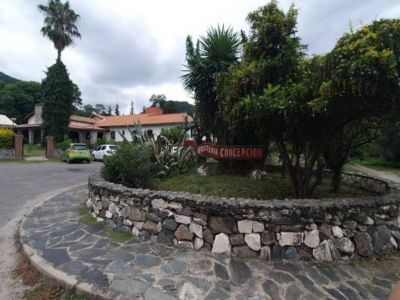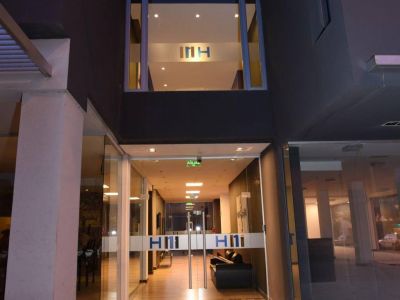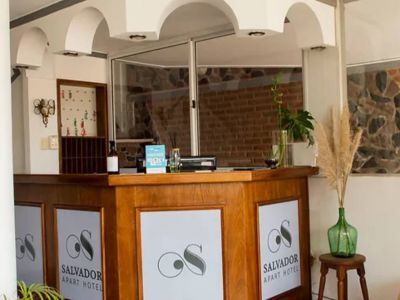The village of Londres, in Catamarca, holds one of the great archaeological treasures of the pre-Columbian era. It is the ruins of the Shincal of Quimivil. Given the size and distribution of the main buildings, it may be a provincial head of the Inca Empire, a political, religious and military center.
The Shincal, ancient Inca citadel
The central sector has rectangular structures that may have been administrative buildings. Then there are warehouses or qollqas, the public square or aukaipata and the ceremonial platform called ushnu in a pyramidal way. All these elements bear witness to many notable meanings and similarities with the ancient Cuzco. In the surrounding area were located the neighborhoods, the kanchas or homes of the town. Another imposing detail is the stone aqueduct that brought water from the Quimivil River for everyday use and irrigation. Two terraced hills surround the citadel. It is accessed by stone steps and is believed to have ritual ceremonies at the tops. From its entire disposition it is clear that it was a very important center. Shincal connects with chunks of the ancient Inca Trail that weaved its warp with every corner of the great empire. In 1536 the Spanish Army came, with Diego de Almagro at the helm. The empire had disintegrated, the Calchaquís took their lands again, and the Spaniards occupied the citadel. The last rebellions of the Calchaquí gave them a short period of possession until the revolt was crushed and the victors destroyed what was left of the buildings and left the place. The arid and reddish mountains of Bethlehem witnessed the fall of the region until the first archaeologists arrived in the early 1900s. Today it is a restored and cared for place to receive visitors. The Shincal was declared a National Historic Landmark in 1997.
